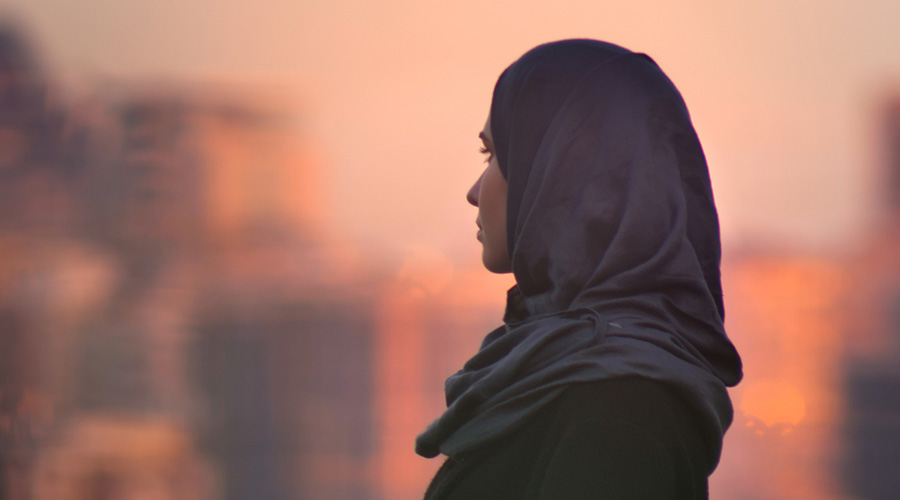Freedom of religion in a secular State may imply peaceful coexistence, but in everyday India such peace is not a simple matter. Else the desire of six girls in a pre-university college in Karnataka to attend classes in their hijab would not have developed into a controversy embracing other educational institutions after the college authorities insisted that the girls take their headscarves off before class. Protests in support of the girls’ stand, in many cases by hijab-wearing women, are being countered by saffron scarf-wearing male students, thus turning the issue towards a communal path. Some reports indicate that wearing the hijab in class was not a problem till recently. So who was the provocateur? Ministers and spokespersons of the Bharatiya Janata Party government of the state have suggested that the girls are being used as pawns: the home minister has reportedly asked the police to scrutinize the girls’ phones to see if they are being ‘investigated’ by fundamentalist organizations. Wearing the hijab in defiance of an institution’s uniform may be perceived at most as unreasonable — the education minister is apparently concerned with discipline — but the girls are also being projected as potential dangers to the State.
The concern with discipline has been related to the violation of equality and law and order. Is equality an erasure of difference or the equal freedom to display religion? Can religious symbolism in a person’s appearance — a turban, a tilak, a crucifix round the neck — be a threat to law and order? This is just one example of the confusions and conflicts underlying ‘coexistence’ in India. The BJP’s push towards a Hindu rashtra is obvious enough: when girls wear the hijab, education is no longer a fundamental right but the domain of the deity Saraswati. Saffron scarves are symbols of Hindutva, not quite on the same plane as the hijab which, apart from its customary use by adherents of a faith, fell under the Supreme Court’s earlier ‘essence of religion’ test. Yet not all courts approach such issues by the same route. Too many ambiguities afflict them, which leaves them open to distortion by vested interests. Does secularism mean stopping girls from studying if they wear the hijab? What is needed is collaborative engagement with these questions with reason, fairness and common sense. Is that too much to hope for?











